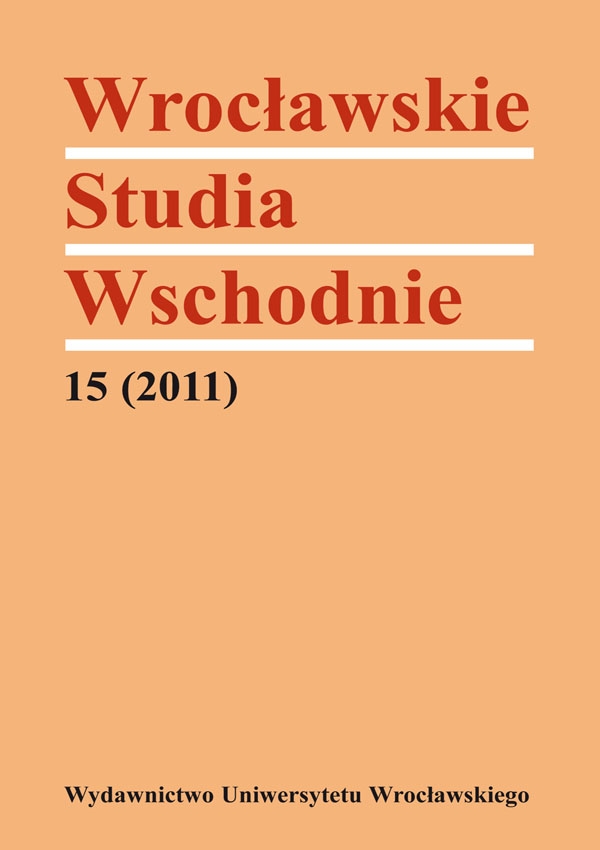

Artykuły

Soldiers’ food in the Russian army at the turn of the 20th century
From the times of Tsar Peter I until as late as the early 1870s privates in the Russian army received money for food through their regimental commanders. Insufficient funds and wide-spread embezzlement meant that the soldiers were often hungry.
In 1871 the system was completely overhauled. From then on the soldiers’ meals were managed on the level of company infantry unit, squadron, battery. From the army warehouses soldiers were given bread or flour to bake it as well as groats. In addition, the unit’s commander received money to buy meat and other products.
Until 1908 soldiers in the Russian army were issued alcohol rations, though in comparison with previous periods they received alcohol very rarely and in small quantities. In 1908 alcohol rations were abolished and replaced with daily rations of tea and sugar.
Under this system, the size and quality of meals could differ, depending on the type of army unit, the location of its quarters or, finally, the resourcefulness and integrity of the unit’s commander. Generally speaking, however, the soldiers’ food in the Russian army improved considerably and most soldiers ate better food than they had before their conscription.